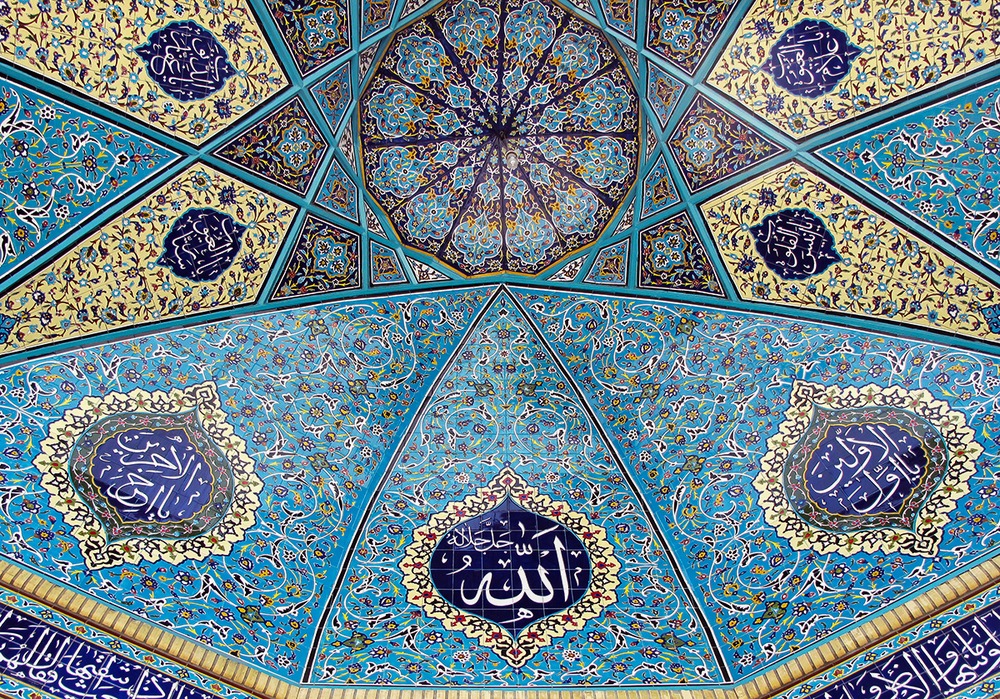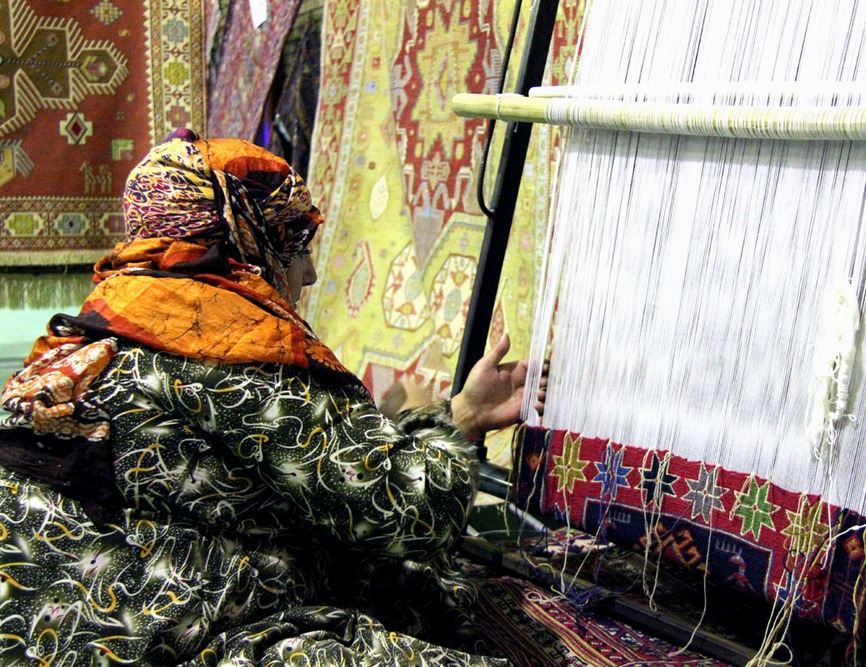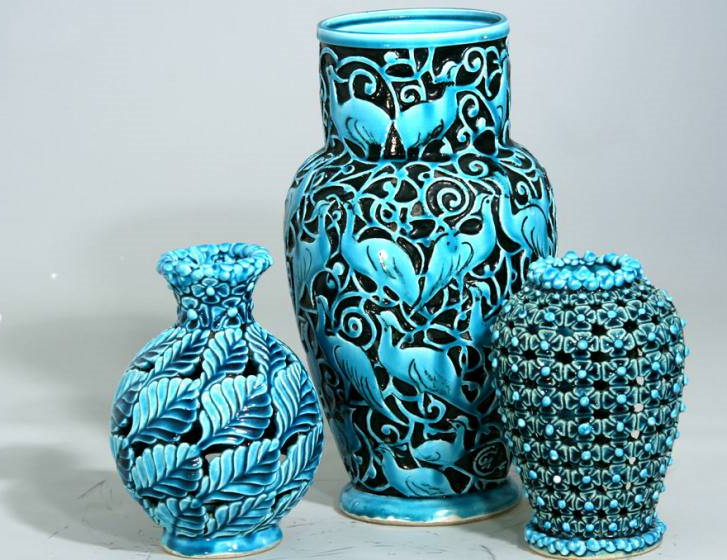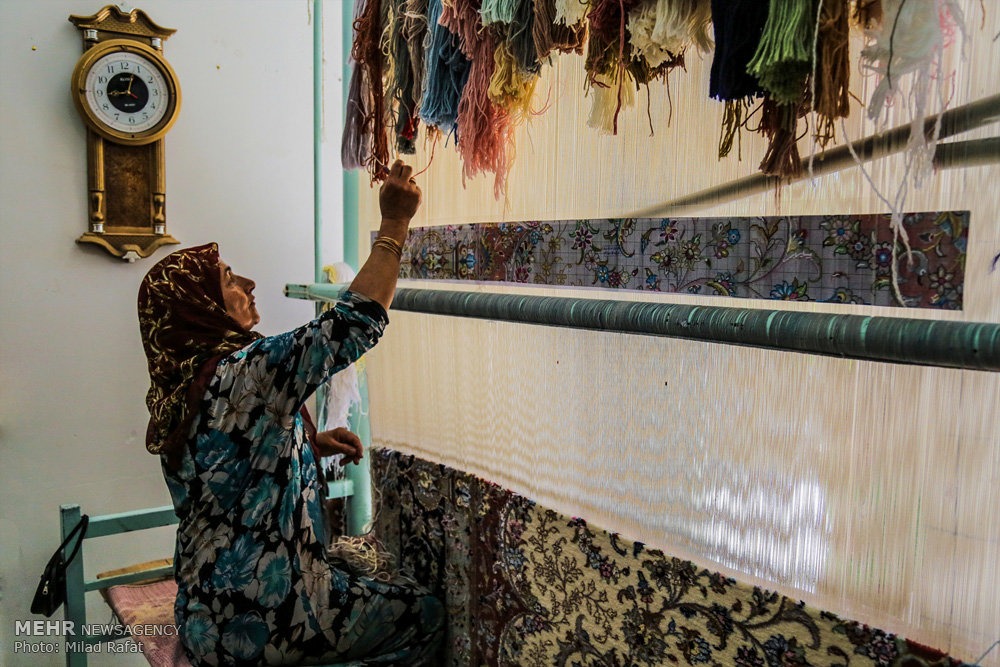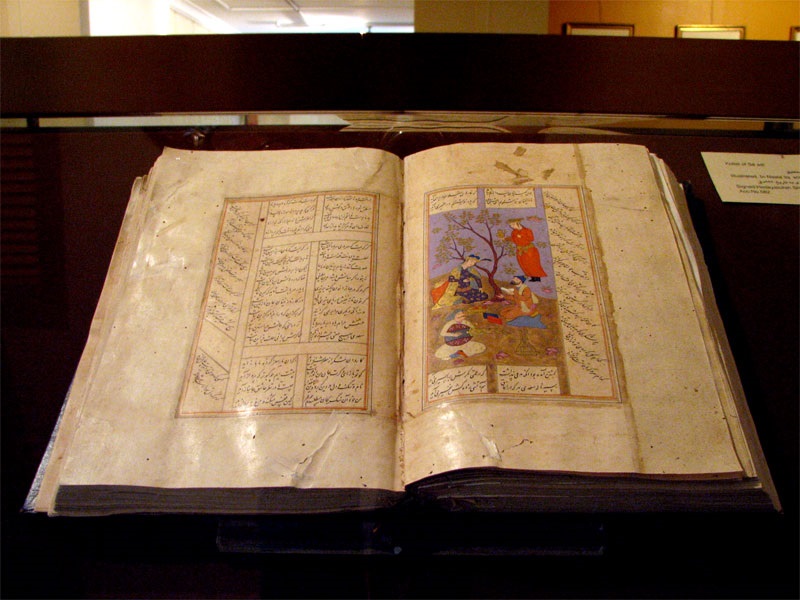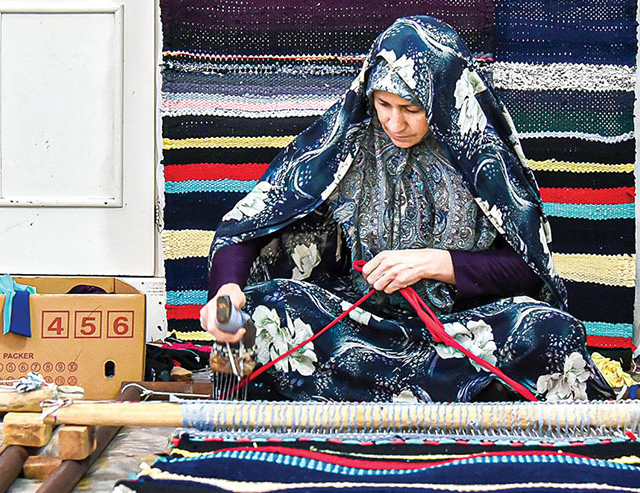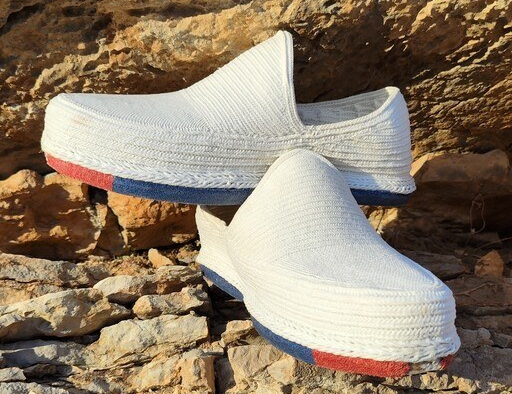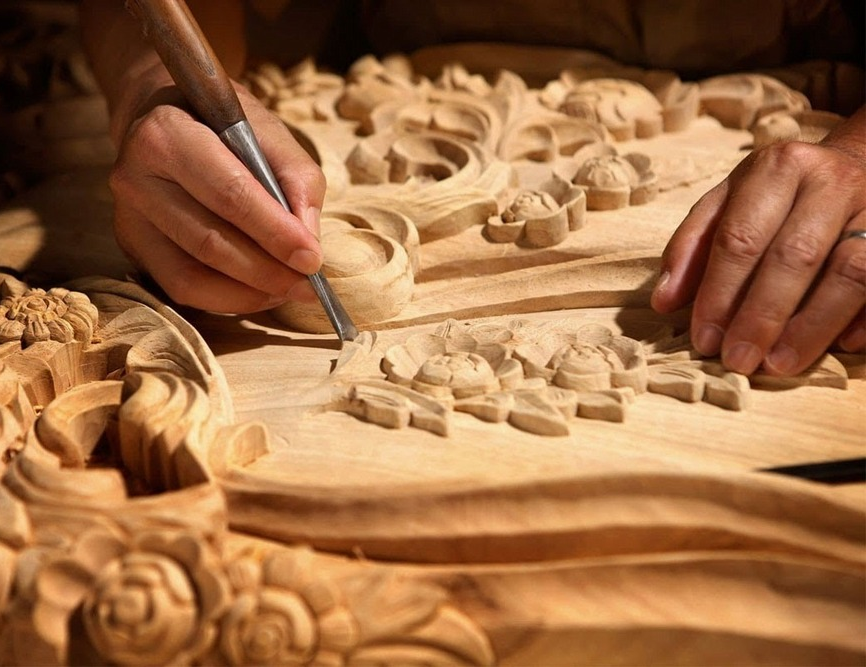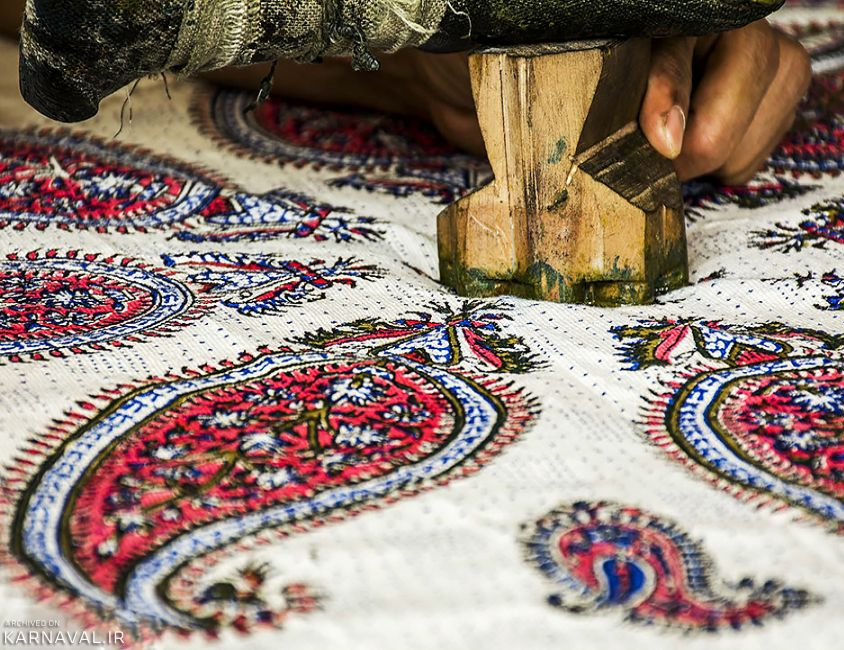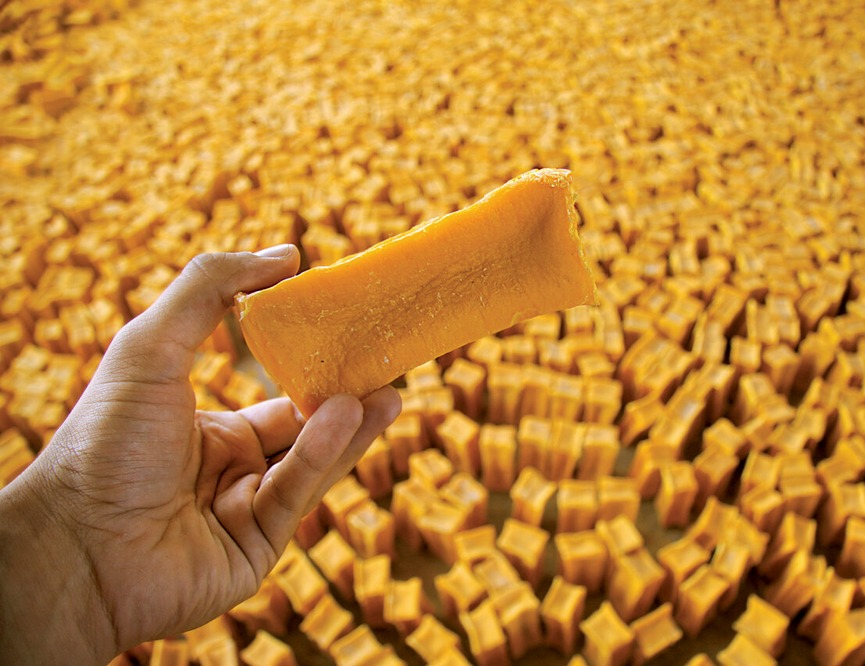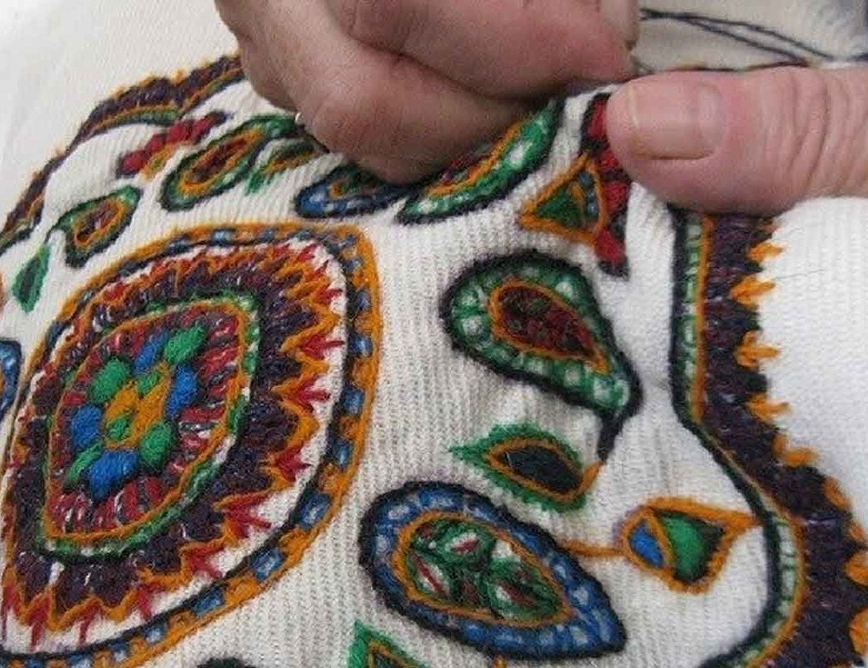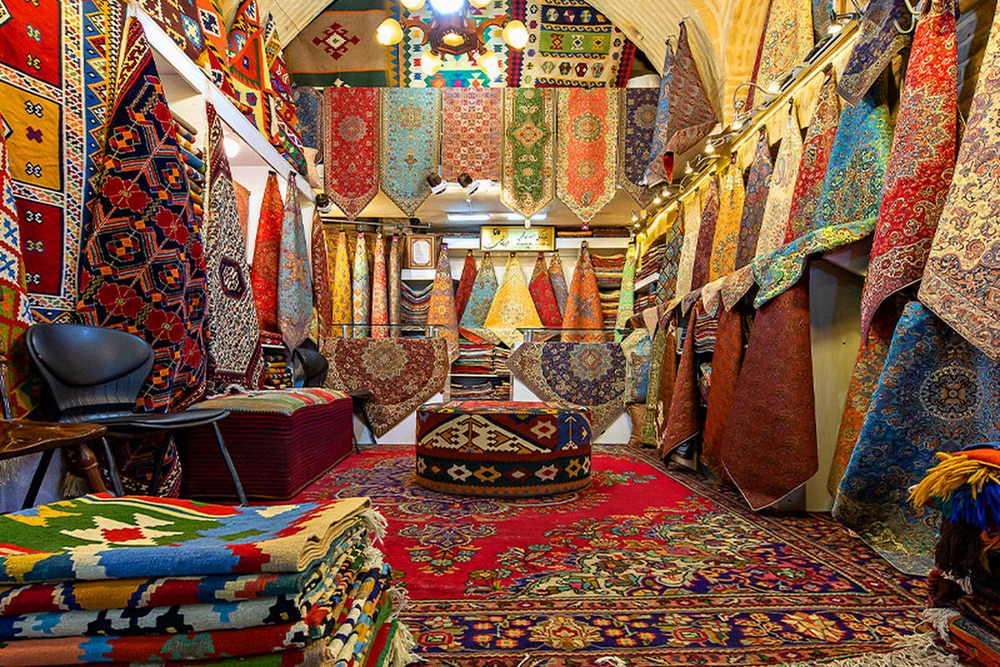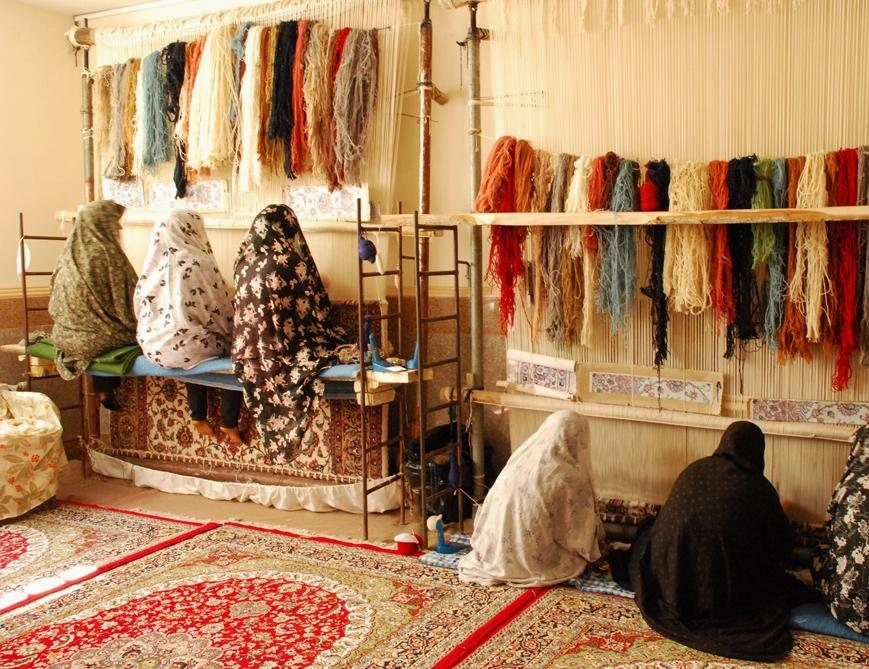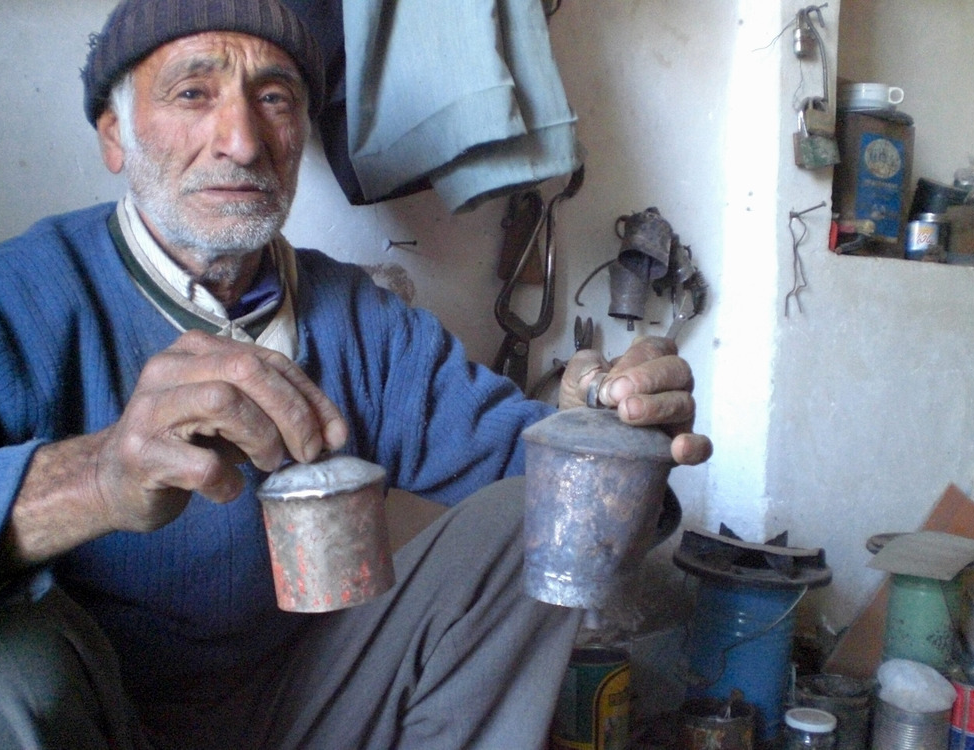
Leather Handicrafts
After becoming familiar with the uses of leather, the art of making leather products began to expand. Due to its flexibility and durability, leather has been considered an important material since ancient times and it has been used to produce all kinds of products. Today, many types of natural and industrial leather can be found in the world market the value of which is estimated at more than 500 billion dollars. Despite the extensive industrial leather products, traditional handmade leather products continue to be quite popular.
Leather in Iran
Historical studies show that Iranians were one of the first people who achieved the technique of producing leather. According to historians, the longevity of producing leather in Iran dates back to three thousand years ago and since then, leather was used in the production of armor, shoes, clothing, and weapons. The leather items found in archaeological excavations show that its use was popular in ancient Iran.
Trade in cow and sheep hide as well as leather grew in Iran after the Mongol invasion (1219 AD). During this period, some cities such as Tabriz and Shiraz gained great fame in this field. These cities preserved the art of producing leather and its products in the following centuries, such that today Tabriz leather is famous in Iran and the products of its artists are exported to different countries. In the Qajar era (18th and 19th centuries), Iranian hides and leather were exported to the Ottoman Empire, Russia, and India. During this period, the leather industry expanded and spread to cities such as Hamadan and Isfahan.
The first leather factory of Iran was established in Tabriz in 1929 AD, which revolutionized the leather industry such that within 14 years of the establishment of this factory, the number of active industrial units in the production of leather and leather products reached 22.
Iranian Leather Handicrafts
In addition to animal leather (from sheep, cow, goat, snake, etc. hides), vegetable leather is also available in the market. Vegetable leather is made from the trunk and fruit of some trees and its flexibility is high. Each type of leather has its own uses, depending on its characteristics. For example, vegetable leather can be used in engraving and molding, and, due to its thickness, cow leather can be used in the production of winter shoes and bags.
Many techniques and arts in producing leather products have been formed in Iran, which include:
Making Leather Book Covers
The history of this art is about a thousand years old. In this art, patterns are carved on leather covers. These motifs are sometimes made of thin gold sheets and in golden and brown colors. Throughout history, the artists of this field have especially displayed their art in making leather covers for sacred books.
Engraving Designs on Leather
Cow leather is used in this field of handicrafts. The artist first transfers his desired motifs on the leather and then fixes them with sharp metal pens. Finally, these motifs are covered with a special varnish to make them stable and lasting. Traditional Iranian motifs such as flowers and birds and coffee house paintings are usually used in this art.
Painting on Leather
In painting on leather, ink or acrylic colors are used. To be able to paint on leather, its surface must be as clean as possible before applying the desired designs.
Heat Treatment of Leather
The creation of relief patterns using stamps that have been heated to the required level is another art of decorating leather handicrafts. Sometimes the depressions resulting from this patterning method are filled with liquid gold.
Traditional Saddlery
In this art, all kinds of bags, belts, ornaments, horse saddles, and decorative items are created by skilled craftsmen using ordinary tools.
Due to the extent of leather handicrafts in Iran, this art has been inscribed on the list of Iran’s national heritage in the mane of different regions of which mention is to be made of the inscription of leather crafts in the name of Alborz province in 2011, the art of painting on leather in 2012, and the handmade leather shoes of Tabriz in 2018.
According to historians, the longevity of producing leather in Iran dates back to three thousand years ago and since then, leather was used in the production of armor, shoes, clothing, and weapons.
| Name | Leather Handicrafts |
| Country | Iran |
| Cities | |
| Works | Wool, skin and leather |
| Registration | National |
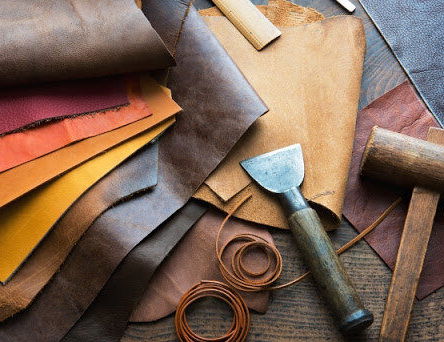

Choose blindless
Red blindless Green blindless Blue blindless Red hard to see Green hard to see Blue hard to see Monochrome Special MonochromeFont size change:
Change word spacing:
Change line height:
Change mouse type:
